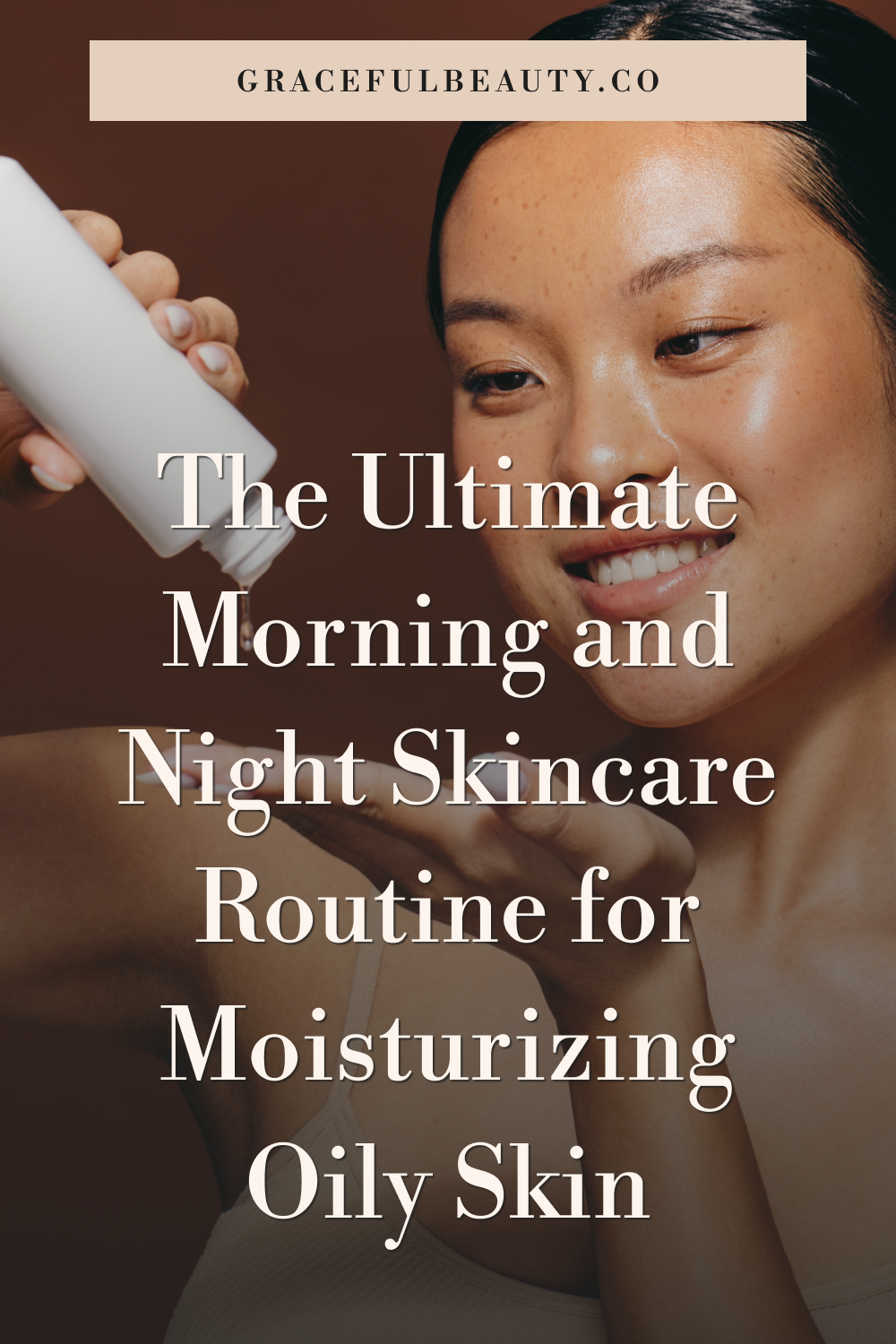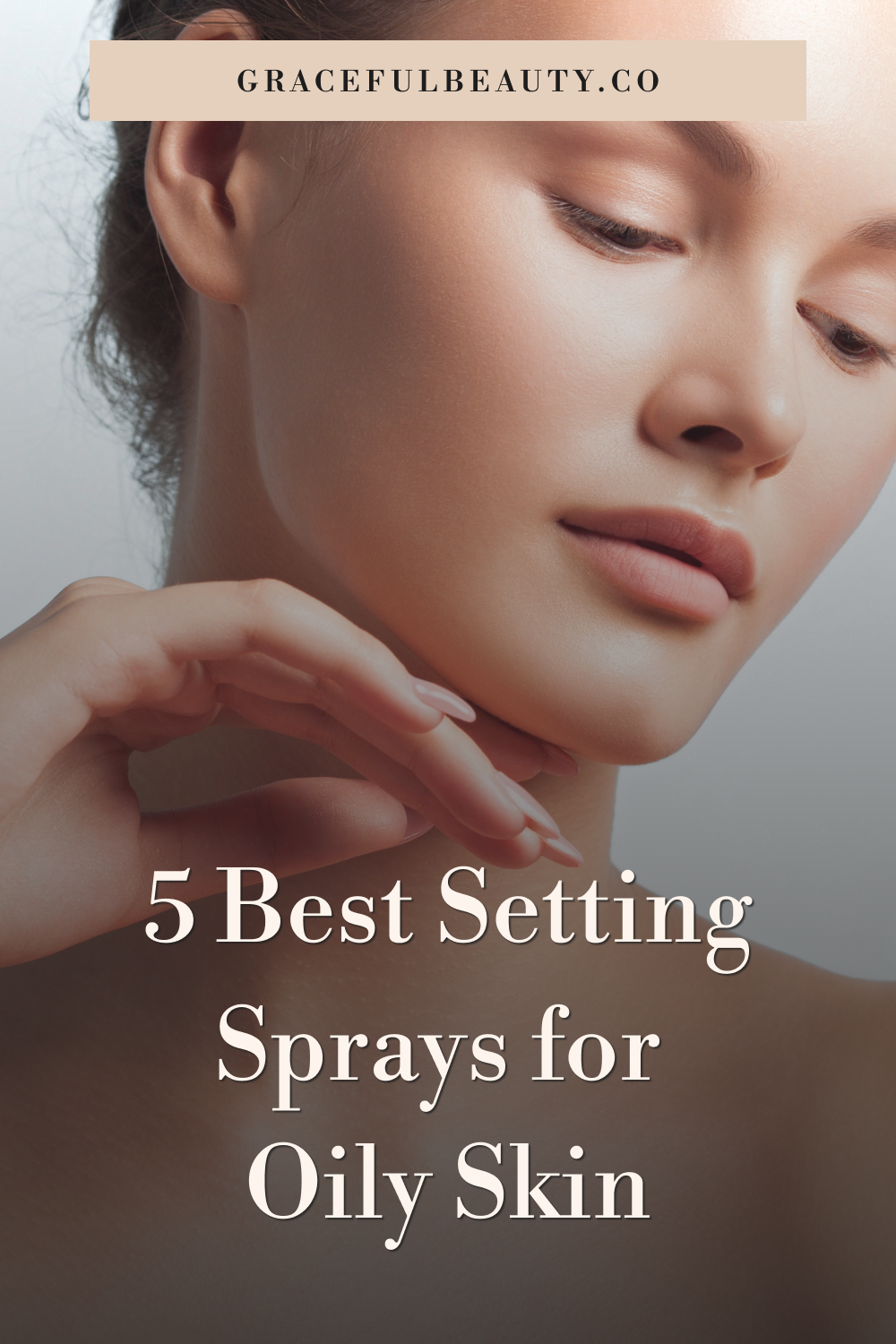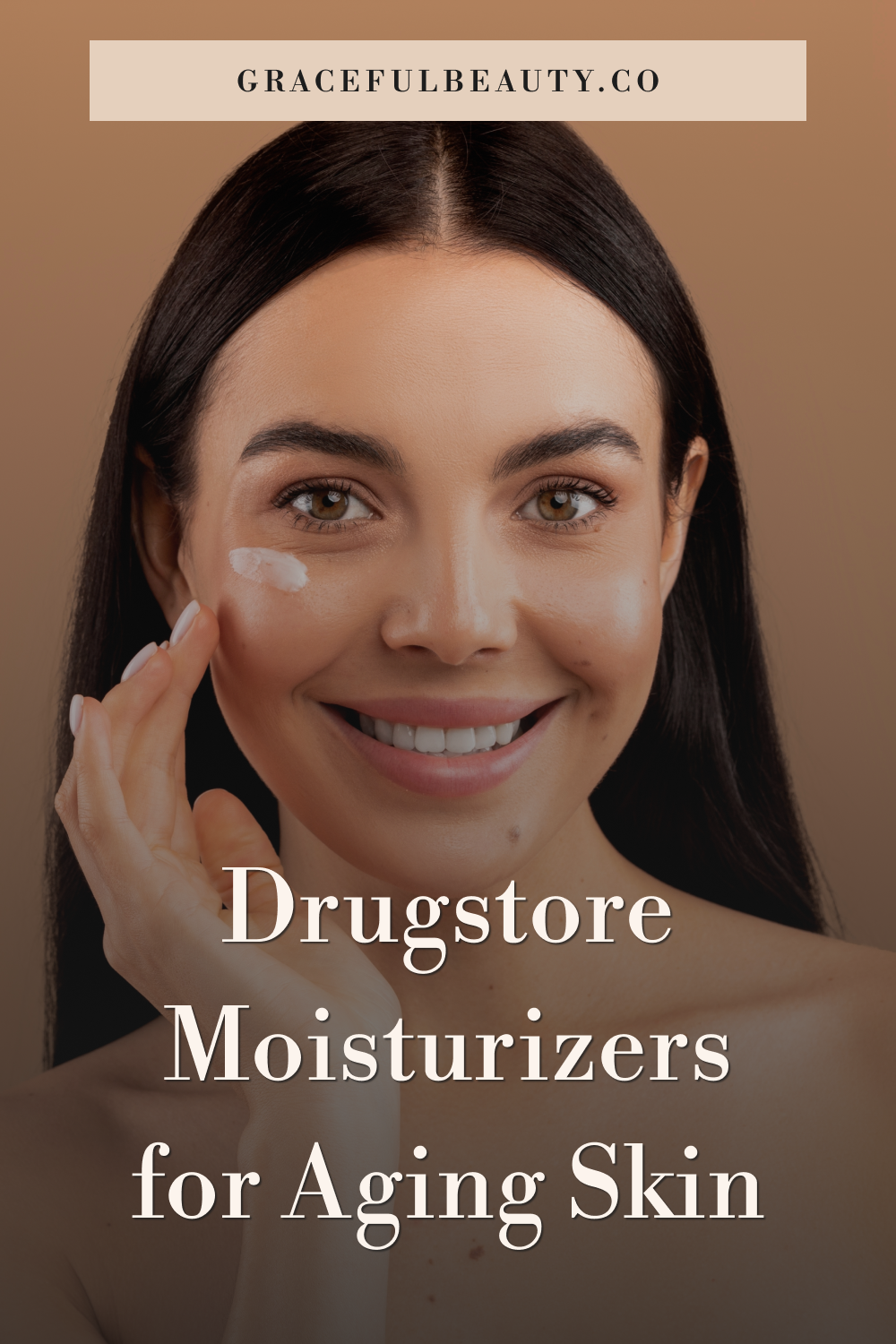
Are you tired of constantly battling with your oily skin to find the right moisturizing routine that actually works? With the daily struggle of excess oil, it can be challenging to maintain a balanced, healthy glow without feeling greasy. In this post, we’ll delve into the importance of a proper skincare routine for oily skin and discuss the best practices for moisturizing in the morning and at night. Finding the right balance is key, and we’re here to guide you every step of the way.
Morning Skincare Routine for Oily Skin
When it comes to maintaining healthy and balanced skin, a well-crafted morning skincare routine can make a significant difference—especially for those with oily skin. Here’s a breakdown of the crucial steps to include in your morning skincare routine to keep your oily skin in check.
Step 1: Cleansing
Using a gentle, oil-free cleanser in the morning is essential for removing excess oil and impurities without stripping the skin. Look for a cleanser specifically formulated for oily skin, as it will effectively cleanse without causing over-drying. It’s important to avoid harsh or abrasive cleansers, as they can trigger the skin to produce even more oil in response.
Step 2: Toning
Toning is a vital part of an oily skin routine as it helps further cleanse the skin and minimize the appearance of pores. Select a toner that is alcohol-free and formulated to restore the skin’s natural pH balance. This step not only helps in removing any remaining impurities after cleansing but also preps the skin to better absorb the subsequent products.
Step 3: Treating and Moisturizing
Following toning, opt for lightweight, non-comedogenic moisturizers and serums that are specifically designed for oily skin. These products provide essential hydration without clogging the pores. Look for moisturizers with ingredients like hyaluronic acid, glycerin, or lightweight oils like jojoba or squalane. They help maintain the skin’s moisture balance while preventing excess oil production.
Step 4: Sun Protection
Regardless of skin type, sun protection is non-negotiable. For oily skin, using a broad-spectrum sunscreen with a matte finish is crucial. This type of sunscreen not only shields the skin from harmful UV rays but also helps control excess shine throughout the day. Opt for a sunscreen that is labeled as “non-comedogenic” to prevent clogging of pores.
By following these steps diligently, you can kickstart your day with a skincare routine that addresses the specific needs of oily skin, ensuring a fresh, balanced complexion without feeling greasy.
For more information on the best moisturizers suited for oily skin, check out this comprehensive guide on best moisturizers for oily skin.
Nighttime Skincare Routine for Oily Skin
Taking care of oily skin at night is crucial for maintaining a clear and balanced complexion. By following a targeted nighttime skincare routine, you can help manage excess oil production and prevent breakouts.
Step 1: Double Cleansing
Double cleansing involves using an oil-based cleanser followed by a gentle foaming or gel cleanser to thoroughly remove makeup, sunscreen, and excess oil. This method effectively rids the skin of impurities and allows for a fresh start before applying other products. Look for oil-free cleansers that are specifically formulated for oily skin to avoid stripping the skin of its natural oils.
Step 2: Exfoliation
Incorporating a gentle exfoliant into your nighttime skincare routine can help promote cellular turnover and prevent clogged pores. Be mindful not to over-exfoliate, as this can lead to irritation and exacerbate oiliness. Opt for exfoliants with ingredients like salicylic acid or lactic acid, which can effectively remove dead skin cells and unclog pores without causing excessive dryness.
Step 3: Treatment and Hydration
After cleansing and exfoliating, it’s essential to treat the skin with targeted products such as retinoids or salicylic acid to address concerns specific to oily skin, such as excess oil production and potential blemishes. Following this, apply a lightweight, non-greasy night moisturizer to replenish the skin’s moisture barrier without adding unnecessary heaviness.
Step 4: Overnight Care
Incorporating overnight masks or spot treatments into your nighttime routine can further address specific skin concerns, such as excess oil production or blemishes. These targeted treatments work during the night to help balance oil levels and promote overall skin hydration, ensuring you wake up with a refreshed and balanced complexion.
For a comprehensive guide to nighttime skincare routines for oily skin, check out this doctor’s advice on night skincare routine for oily skin.
Remember, consistency is key when it comes to nighttime skincare for oily skin. By following these steps and using suitable products, you can effectively manage oil levels and maintain a healthy, glowing complexion.
Key Products and Ingredients for Oily Skin Moisturizing
When it comes to moisturizing oily skin, choosing the right products and ingredients is crucial for maintaining a balanced and healthy complexion. Here’s a breakdown of key products and ingredients that are especially beneficial for oily skin:
Oil-Free Moisturizers and Gel Formulas
For individuals with oily skin, it’s essential to opt for oil-free moisturizers and gel-based formulations that provide lightweight hydration without exacerbating oiliness. Some recommended products include:
- Neutrogena Hydro Boost Water Gel: This oil-free moisturizer is known for its lightweight, non-greasy formula that replenishes skin with long-lasting hydration without clogging pores.
- Caudalie Vinopure Skin Perfecting Mattifying Fluid: This mattifying fluid is specifically designed for oily and combination skin, helping to control excess oil while minimizing the appearance of pores.
Salicylic Acid and Niacinamide
Incorporating skincare products containing salicylic acid and niacinamide can work wonders for oily skin. Here are the benefits of these ingredients:
- Salicylic acid: Known for its exfoliating and pore-cleansing properties, salicylic acid helps to regulate sebum production and prevent pore congestion. Products like CeraVe SA Cream are lauded for their ability to absorb excess oil and exfoliate dead skin cells, ideal for oily skin.
- Niacinamide: This powerhouse ingredient helps to control oil production, reduce inflammation, and minimize the appearance of pores. La Roche-Posay Toleriane Double Repair Face Moisturizer is a great example of a product that combines niacinamide with ceramide for effective oil control.
Matte Sunscreens and Lightweight Serums
To effectively protect and hydrate oily skin without adding excess shine, it’s important to prioritize matte sunscreens and lightweight serums. Consider the following options:
- EltaMD UV Clear Broad-Spectrum SPF 46: This lightweight, oil-free sunscreen is formulated with hyaluronic acid to provide essential moisture without leaving a greasy residue, making it suitable for oily skin.
Incorporating these oil-free moisturizers and targeted ingredients can help individuals with oily skin achieve optimal hydration and balance without exacerbating oiliness. Achieving a clear, radiant complexion is within reach with the right products and ingredients tailored to oily skin’s specific needs.
Additional Tips for Managing Oily Skin
Balanced Diet and Hydration
Maintaining a balanced diet and staying adequately hydrated play crucial roles in supporting overall skin health and managing excessive oil production. Consuming a diet rich in fruits, vegetables, and omega-3 fatty acids can help improve skin health. It’s important to avoid excessive sugar and incorporate foods like oranges, whole grains, pumpkin seeds, broccoli, lentils, and salmon, which can contribute to balanced skin health (Herbal Dynamics Beauty). Additionally, ensuring sufficient hydration with water and consuming hydrating foods like cucumbers can help control excess oil production and enhance skin health (Vinmec).
Blotting Papers and Setting Powders
On-the-go solutions like blotting papers and setting powders can effectively manage midday shine without disrupting the skincare routine or makeup. Blotting papers can quickly absorb excess oil, while setting powders can provide a matte finish, helping to control shine and maintain a fresh look throughout the day.
Regular Skin Assessments
Regular skin assessments are essential for adapting skincare routines to seasonal changes and fluctuations in oiliness. Conducting self-assessments as well as seeking professional guidance can aid in identifying and addressing specific skin concerns promptly. By understanding your skin’s evolving needs, you can make informed adjustments to your skincare regimen, ensuring it remains effective in managing oily skin.
By incorporating these additional tips into your skincare routine, you can effectively manage oily skin and promote a healthy, balanced complexion.
Final Note
Maintaining a well-crafted skincare routine is crucial for balancing and nourishing oily skin. By following the key steps of cleansing, toning, applying a serum, using an oil-free moisturizer, and incorporating lifestyle practices such as a balanced diet and hydration, individuals can achieve a healthy and radiant complexion. Consistency in both morning and night routines is essential for controlling excess oil production and preventing clogged pores. Choosing gentle, non-drying products formulated specifically for oily skin can help minimize shine and maintain skin health. Embracing this routine as a daily habit will contribute to long-term skin wellness and confidence.


